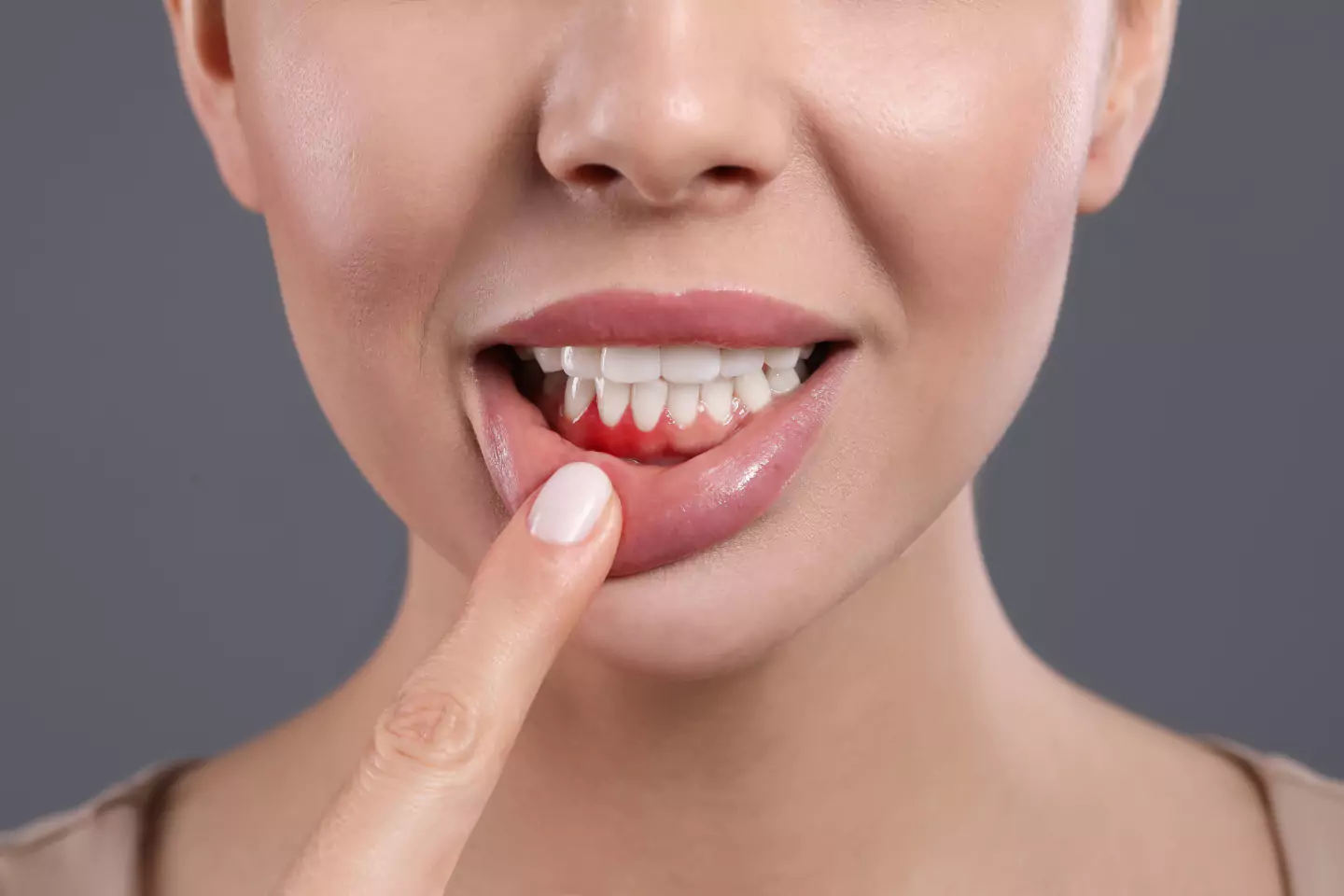Understanding Gum Diseases: Causes, Symptoms, and Treatments
Sep 18, 2023

Healthy gums are an essential component of having a beautiful smile, which is one of your most precious assets. Unfortunately, millions of individuals around the world suffer from gum disorders. The good news is that you may preserve healthy gums and a bright smile with the right knowledge, prevention, and treatment. We shall examine the causes, signs, and treatments of gum diseases in this blog.
Causes of Gum Diseases
Periodontal disorders, sometimes referred to as gum diseases, typically begin with the development of dangerous bacteria in your mouth. Plaque is a sticky film made by these bacteria that forms on your teeth and gums. Plaque can cause a number of gum issues if it is not eradicated by routine oral hygiene procedures. Here are a few typical reasons:
1. Poor Oral Hygiene: Poor oral hygiene is the first cause of gum inflammation because inadequate brushing and flossing allow plaque to build up.
2. Use of tobacco: Chewing or smoking tobacco raises the risk of gum disease.
3. Genetics: Some persons are more prone to developing gum disorders due to a hereditary predisposition.
4. Medical Conditions: Diabetes, for example, might make it harder for your body to fight infections, including gum infections.
5. Medications: A number of drugs may have an impact on gum health and raise the risk of gum disease.
6. Hormonal Changes: Women's hormone variations, such as those that occur during pregnancy or menopause, might increase the sensitivity of their gums.
Symptoms of Gum Diseases
Early detection of gum diseases is vital for effective treatment. Here are some common signs and symptoms to watch for:
1. Gingivitis: Especially while brushing or flossing, the early stage of gum disease sometimes manifests as red, puffy, and bleeding gums.
2. Bad Breath: Halitosis, or persistent bad breath, is a symptom of gum disease.
3. Receding Gums: Teeth that appear longer or gums that are moving away from the teeth may be signs of gum recession.
4. Tooth Sensitivity: Gum issues may be indicated by increased sensitivity to hot or cold temperatures.
5. Painful Chewing: Gum disease may be indicated by discomfort experienced when chewing or biting into food.
6. Pus Between Teeth: A prominent indication of infection is the appearance of pus or discharge between teeth and gums.
Treatments for Gum Diseases
The good news is that gum diseases are treatable, especially when diagnosed early. Here are common treatments:
1. Better oral hygiene: Plaque and tartar below the gumline can be removed by a dentist or dental hygienist during a deep cleaning procedure called scaling and root planing.
2. Drugs: Antibiotics, mouthwashes with antimicrobial properties, or toothpaste with prescription-strength ingredients can help reduce infection and inflammation.
3. Lifestyle Modifications: Gum health can be greatly enhanced by giving up smoking and having a balanced diet.
4. Surgery: In more severe situations, operations like gum grafts or pocket reduction surgery may be required.
5. Ongoing Maintenance: For long-term gum health, routine dental exams and cleanings are essential.
Your gums play a pivotal role in your overall oral health and your smile's beauty. By understanding the causes, recognizing the symptoms, and seeking prompt treatment for gum diseases, you can enjoy a healthy, confident smile for years to come. Remember, prevention through good oral hygiene practices is your best defense against gum problems. Don't hesitate to consult with a dentist for personalized guidance and care. Your smile is worth it!
Schedule your visit!
Full Name*
Your Email*
Phone Number*
Date
Message*
I allow this website to store my submission so they can respond to my inquiry
SERVICES
SUPPORT
OVERVIEW
© 2024 South Shore Dental Care. All rights reserved. Privacy Policy | Powered by Remedo




